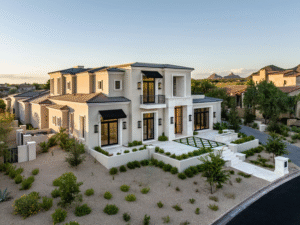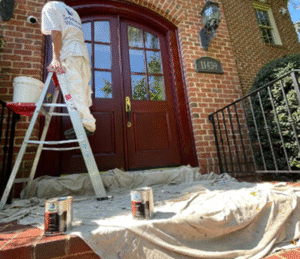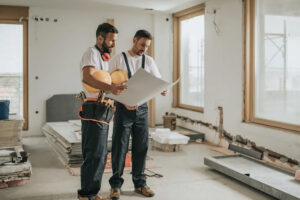7 Steps to Take After Experiencing Water Damage in Your Long Island Home

Image Source: webuylongislandhomesfast.com
Experiencing water damage in your home can be a stressful and overwhelming situation. Whether it’s due to a burst pipe, heavy rain, or a faulty appliance, taking prompt action is crucial to minimize damage and ensure the safety of your property. Here are seven essential steps to take after experiencing water damage in your Long Island home:
1. Ensure Safety First
Before you do anything else, prioritize safety. If the water damage is extensive and there is standing water, turn off the electricity to prevent electrical hazards. Avoid any contact with contaminated water, especially if it involves sewage. If necessary, evacuate the premises and call for professional assistance.
2. Identify the Source
Determine the source of the water damage and stop it if possible. This could be turning off the main water supply if it’s a plumbing issue or addressing any leaks in the roof. Identifying and stopping the source of the water will prevent further damage and is a critical first step in the cleanup process.
3. Document the Damage
Take detailed photos and videos of the affected areas and any damaged belongings. This documentation will be important for your insurance claim. Make sure to capture the extent of the damage from multiple angles to provide a comprehensive record.
4. Remove Excess Water
Begin removing standing water as quickly as possible to prevent further damage and mold growth. You can use a wet/dry vacuum, buckets, or towels to absorb the water. If the damage is extensive, consider hiring a professional water removal service to ensure all water is effectively extracted.
5. Dry Out the Area
Once the standing water is removed, dry out the affected area thoroughly. Use fans, dehumidifiers, and open windows to increase air circulation. If necessary, remove wet carpets, furniture, and other items to allow the area to dry completely. Mold can begin to grow within 24-48 hours, so it’s important to act quickly.
6. Clean and Disinfect
Clean and disinfect all affected areas to prevent mold and bacteria growth. Use a mixture of water and detergent to clean surfaces, and follow up with a disinfectant solution to sanitize. Pay special attention to any areas where water may have seeped into cracks or crevices.
7. Inspect for Mold
After the area is dried and cleaned, inspect for any signs of mold. Mold can pose serious health risks and further damage your property. If you notice any mold growth, it’s best to contact a professional mold remediation service to safely and effectively remove it.
Final Thoughts
Water damage can be a challenging ordeal for any homeowner, but taking immediate and appropriate steps can mitigate the damage and help you restore your home. By ensuring safety, stopping the source of water, documenting the damage, and thoroughly drying and cleaning the affected areas, you can effectively manage the aftermath of water damage. For extensive damage or mold concerns, seeking professional help is always a wise decision to ensure the safety and integrity of your home.
Stay Prepared
Remember, being prepared for potential water damage is equally important. Regular maintenance of your home’s plumbing, roof, and appliances can help prevent such incidents. Additionally, having a well-prepared emergency plan can make all the difference in handling unexpected water damage efficiently.





